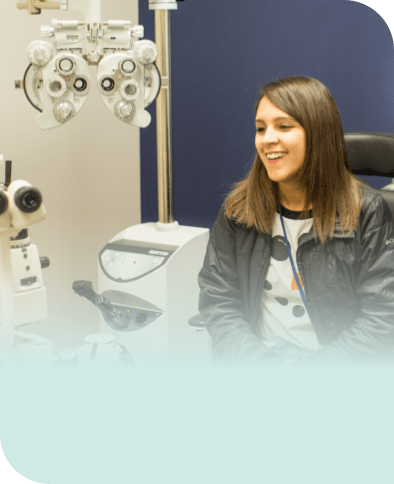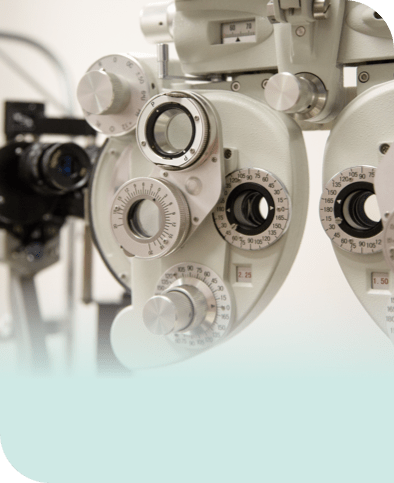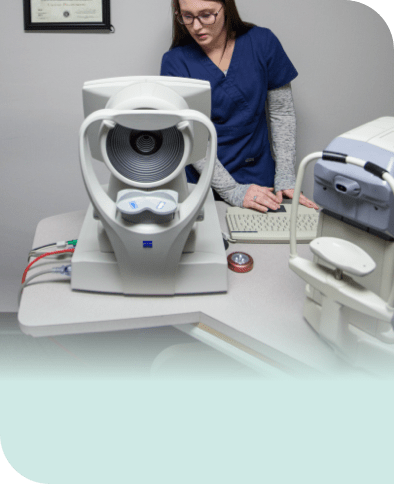When you think of sunglasses, you probably think of stylish frames that also block the sun—but many modern pairs do much more. Polarized sunglasses go beyond fashion, helping to reduce glare, shield your eyes from harmful UV rays, and make outdoor activities like driving, fishing, and walking safer and more comfortable. So, how can you tell if your sunglasses are polarized?
To determine whether your sunglasses are polarized, look at a reflective surface through the lenses and slowly rotate them—if the glare fades or disappears, then the lenses are polarized.
Still unsure? This article will walk you through what polarized sunglasses are, how they work, and how to know for sure if you’re wearing the real thing.
What Are Polarized Sunglasses?
Polarized sunglasses are designed to reduce glare from horizontal surfaces like water, roads, and snow. When sunlight hits a flat surface, it reflects in a concentrated direction, and this is what causes glare. Unlike regular tinted lenses that only dim the light, polarized lenses contain a special chemical filter that absorbs horizontal light waves while allowing vertical ones to pass through. This selective filtering dramatically cuts glare and improves visual comfort.
In addition to glare reduction, most polarized sunglasses also include UV protection to shield your eyes from harmful ultraviolet rays. These include UVA and UVB rays, both of which can contribute to long-term eye issues if you’re not wearing protective eyewear regularly.
UV Radiation & Your Eye Health
Wearing polarized sunglasses isn’t just about comfort—it’s also a crucial step in protecting your vision from harmful UV radiation. Here’s how UV exposure can affect your eyes over time:
- Photokeratitis: Also called “sunburn of the eye,” this painful condition is caused by short-term exposure to intense UV light.
- Cataracts: UV rays can speed up the clouding of the eye’s lens, increasing the risk of cataracts.
- Macular degeneration: Prolonged exposure may damage the macula—the central part of the retina responsible for sharp vision.
- Pterygium: A noncancerous growth on the eye’s surface, often caused by long-term UV exposure.
- Skin cancer around the eyes: The thin skin around the eyes is also vulnerable to UV radiation.
Even on cloudy days or during winter, UV rays can still affect your eyes. Wearing high-quality sunglasses—especially polarized ones—can significantly reduce this risk.
How to Tell If Your Sunglasses Are Polarized
If you’ve purchased sunglasses and aren’t sure whether they’re polarized, there are a few simple tests you can do:
LCD Screen Test
Hold your sunglasses in front of a phone or computer screen. Rotate them slowly. If the lenses turn darker or even black out the screen at certain angles, they’re polarized.
Reflection Test
Look at a shiny or reflective surface like water, glass, or a car hood while wearing your sunglasses. Tilt your head slowly from side to side. If the glare reduces or disappears, they’re polarized.
Ask an Optometrist
The most reliable way to determine whether your sunglasses are polarized is by visiting your optometrist. We can confirm the type of lenses you have.
When to Wear Polarized Sunglasses
Polarized sunglasses are particularly useful in situations where glare is a safety concern or simply causes discomfort. Here are some of the best times to wear them:
- Driving: Reduce glare from roads and car windshields for a clearer, safer view.
- Water activities: Ideal for boating, fishing, kayaking, and beach days.
- Winter sports: While caution is advised on ice, they work well in bright, snowy conditions.
- Outdoor recreation: Great for golfing, hiking, or spending a sunny day in the park.
- Everyday use: Whether you’re walking around the city or enjoying a patio lunch, polarized lenses make a difference.
In short, if you’re outside and the sun is shining, polarized sunglasses can improve your visual clarity and comfort.

When Polarized Sunglasses May Not Be Ideal
As helpful as polarized lenses are, there are situations where they may not be the best choice. For example:
- Digital screens: Polarized lenses can make it harder to see some digital screens like GPS devices, phones, or ATM displays.
- Icy conditions: They may reduce your ability to see ice patches, which can be a safety concern during winter driving.
- Pilots and operators of heavy machinery: Polarization can interfere with viewing certain instruments and displays.
Knowing when to wear polarized lenses—and when to switch to something else—can help you maximize both safety and clarity.
Invest in Eye Protection That Works
Not all sunglasses are created equal. While non-polarized sunglasses can help reduce overall brightness, they often fall short when it comes to glare and UV protection. If you spend time outdoors regularly or drive frequently, investing in polarized sunglasses can make a significant difference in your visual comfort and long-term eye health.
At Moses Eyecare Center in Indiana, we’re committed to helping you protect your eyes with expert guidance and quality eyewear. Whether you’re shopping for prescription polarized lenses or looking to upgrade your current sunglasses, our team is here to help you find the perfect fit. Contact us today or visit our office to explore our selection of polarized sunglasses designed to keep your vision safe, clear, and comfortable.













